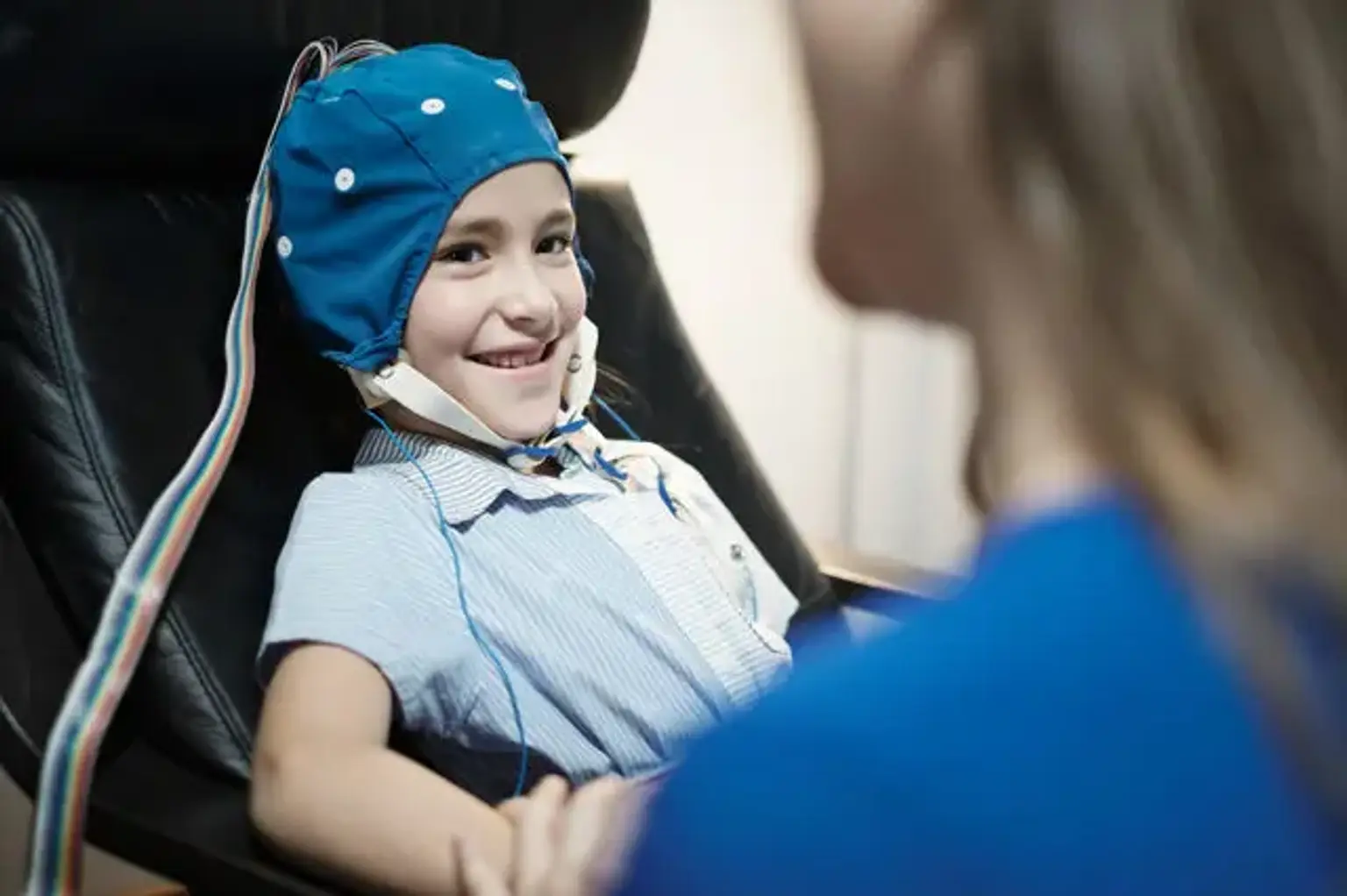Pediatric Solid Malignancies
Children's solid brain tumors are different from adults' solid tumors. Neuroblastoma, Wilms' tumor, rhabdomyosarcoma, osteosarcoma, Ewing's sarcoma, and retinoblastoma are examples of solid tumors that originate in children but never occur in adults. The most prevalent types of solid tumors in children include brain tumors, neuroblastoma, rhabdomyosarcoma, Wilms' tumor, and osteosarcoma.
Brain Tumors
Brain Tumors incidence and Etiology
